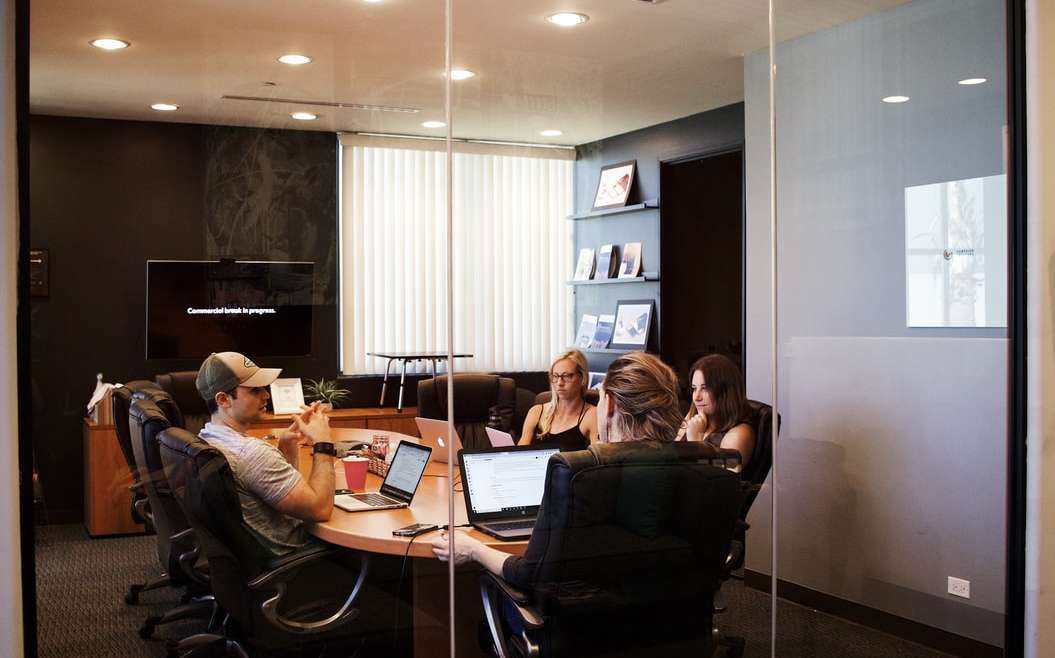In today’s competitive environment, businesses can survive and thrive when managers or owners implement measures that encourage their employees to share new ideas and innovations to improve the workplace. As a temp administrative assistant, I have observed many innovations that work – and don’t work- on the job.
Creating an idea- friendly environment
Before managers can open up their businesses to employee feedback, they need take a closer look at their own management style. Are they stuck in one way of doing things like the rigid boss Franklin Hart in the movie “9 to 5,” or are they ready to accept other points of view? Are they willing to accept direct or indirect criticism of their leadership? Managers must be prepared for the possibility that something that they are doing is not working.
Managers can use opportunities such as meetings, memos and face-to-face communication to encourage staff to come forward with their suggestions. The company Intuit, for example, gives their employees time during the work day to work on ideas.
Deliberate action can be taken to collect ideas and feedback through various means such as suggestion box or occasional brainstorming sessions. Training sessions may need to be held for staff in order to teach them how to submit their ideas in ways that are acceptable to the company leadership.
Idea submissions should be open to everyone in the organization. For example, Sally may work in customer service, but she should be able to express ideas on all her company’s activities. Her daily discussions with clients may lead to an innovative marketing idea for the company.
Managers can gently tell their workers with bad or impractical ideas that innovations such as installing an expensive new software system will not work for the organization. Employees should be thanked for their input and if needed, managers can explain the reasons why the employee’s ideas were rejected.
Managers can find ways to show employees that they are valued and appreciated for their contribution to the organization – even Miss Totally-off-the-Wall, whose ideas are downright weird. Positive feedback and an occasional “thank you” can go a long way to building a better working relationship.
If the manager wants to continue to receive ideas from this person, the tone of the manager’s response to the employee should give the impression that the manager is open to future feedback. The employees will feel that their ideas and innovations are valued, and will be more inclined to share their thoughts in the future.
Real life is… a perpetual compromise between the ideal and the possible; but the world of pure reason knows no compromise, no practical limitations, no barrier to the creative activity. – Bertrand Russell
Recognise barriers to innovation
Some people may oppose any innovation because they are uncomfortable doing their job differently and are resistant to any changes – even when the changes are positive. Managers may have to assure Mrs. Stick-in-the-Mud that her concerns about proposed changes to her 1960s working style have been heard before any changes are implemented.
Employees may fear that their ideas will be meet with harsh judgment or ridicule and hesitate to step forward. They must trust that they can express themselves to management without anyone making fun of them or dismissing their ideas as worthless.
Innovation takes extra time and effort. Employees may not be willing to put in the time needed to develop ideas and try them out. Managers can overcome employee reluctance by emphasizing the ultimate benefits of their efforts.
Creating focus and guidelines
Employers will get better results with their workers if they give their employees a clear picture of what their jobs involve and the company’s expectations instead of telling their workers what to do. Employees will be more inclined to innovate when they are not stuck in a specific set of procedures. Maybe Jeannie the File Clerk will figure out that getting a new set of filing cabinets will be more time-efficient and easier on her back than keeping records in a pile of cardboard file boxes.
Employers must make sure employees understand the mission statement and goals of the organization so that their ideas fall into those parameters. Innovations must fit the company’s history and culture.
Employers can use various tools to help their employees to format and streamline their ideas. For example, a submission form can be created to be used in the suggestion box that provides subtopics such as: technology, job description, customer service, and marketing as well as a general section. Guidelines for idea submissions, when possible, can also help employees to express their ideas.
Input from staff is dealt with in a prompt manner
A quick word via e-mail or remark at the employee’s desk that acknowledges an employee’s input will assure the worker that his input is valued. This acknowledgement may spur him to make more practical suggestions in future or expand the ideas he has already presented.
Employers should acknowledge and consider ideas, even bad ones. Bad ideas sometimes lead to good ones.
Managers may have to warn or discipline people who use the suggestion box to vent their frustrations or to make a sick joke. A suggestion that tells workers to toss their computers out the window doesn’t help anyone but the person who chose to vent or to express her strange sense of humor. This sort of thing wastes everyone’s time and can be upsetting to anyone who has to read nonsense.
Rewards for people with effective ideas
Research by organizations such as the Madison Performance Group shows that innovators flourish in companies where employees are rewarded for developing ideas that enhance the performance of the company. Public recognition in some form makes employees feel valued and more motivated than ever to contribute to their companies in positive ways.

